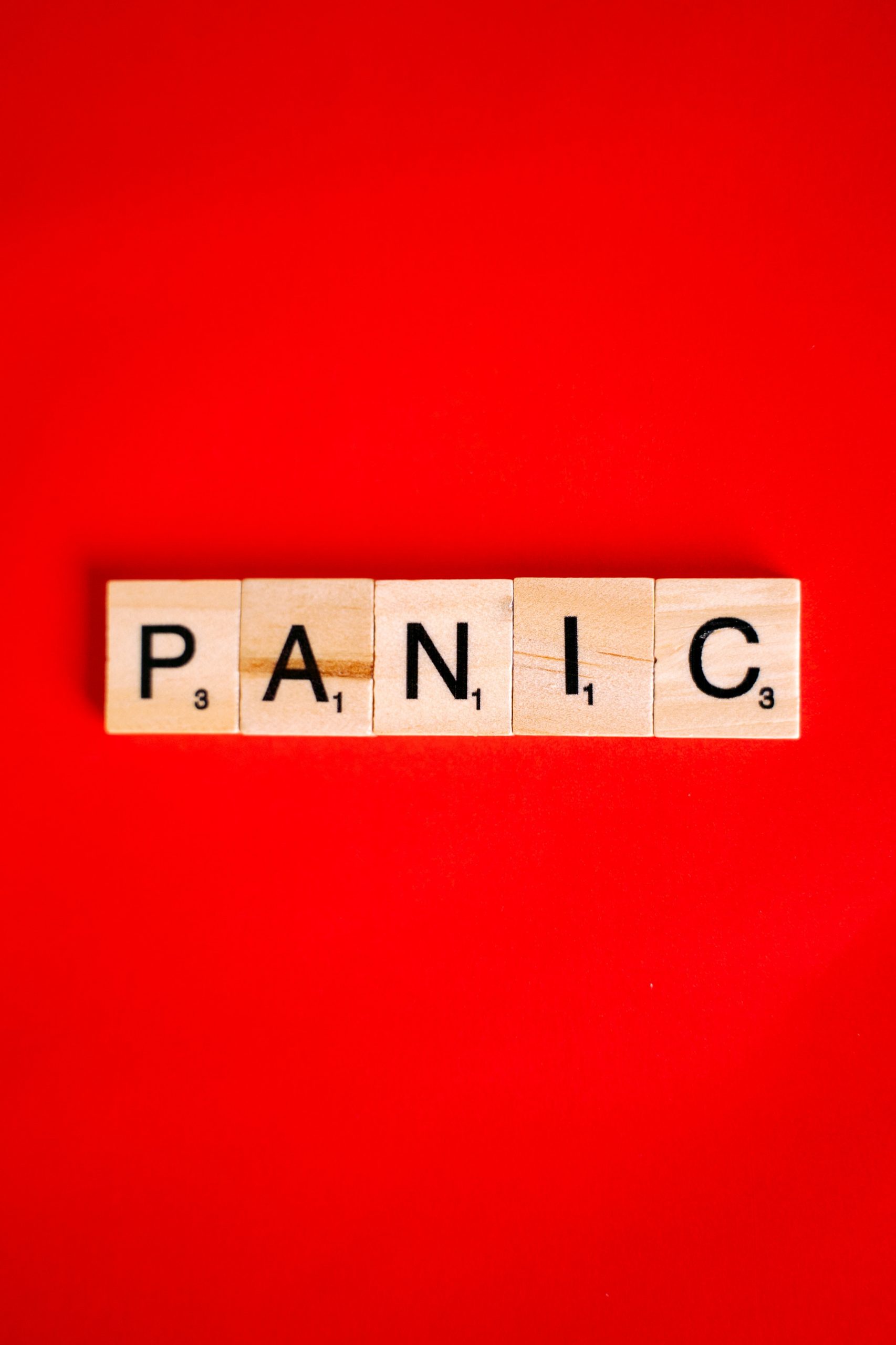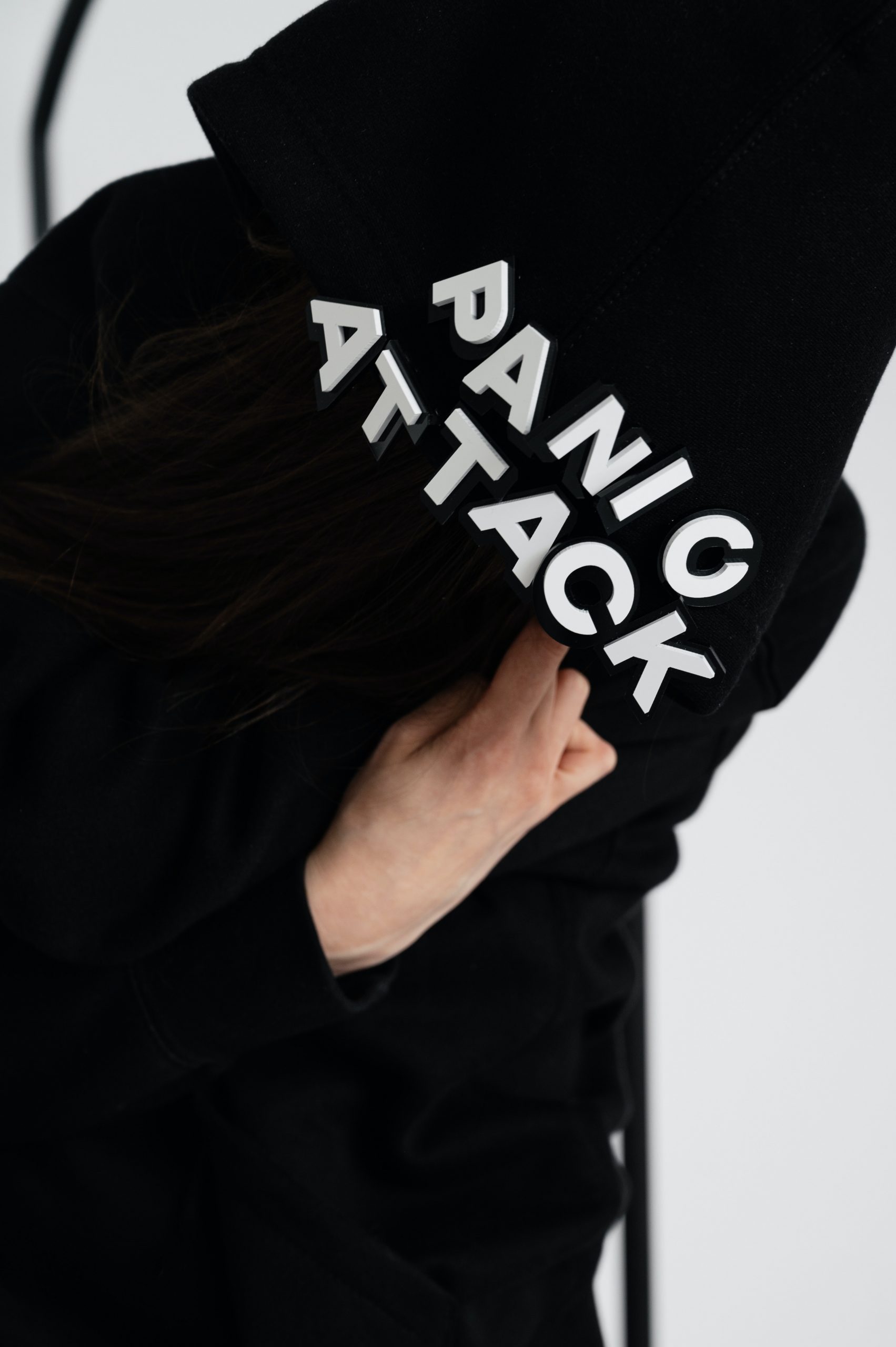Author: Katherine Young, mindhamok wellness coach
I’m feeling anxious…
What’s happening, am I having a panic attack?
Wait…what do these words actually mean?
Read on to learn to distinguish between ‘anxiety’ and ‘panic’, and significantly, steps you can take to take care of yourself if you are experiencing either.
Uncertainty exists on many levels at all times and particularly right now. There is, for example, the uncertainty you feel as you head off to university for your first year, or to a study abroad program in a foreign country. To a great degree, these are normal and expected changes in your life and so while uncertainty is present, you expect to feel it in such new situations.
There is also the kind of uncertainty that is impacting us as we continue to negotiate life in relationship to the pandemic, or at other times we have worries about the future and how we will meet it. How these different kinds of uncertainty intermingle and coexist are different for each of us. As you have likely heard, reports indicate a rise in anxiety in adolescents during this pandemic period (Racine, McArthur, Cooke, Eirich, Zhu, & Madigan, August 09, 2021). Given this upswing and in the face of increased uncertainty, it’s even more important to take care of yourself.
Before reading any more, do a little check in on yourself. Why you might ask? Well, anxiety and panic manifest in our bodies. So, it’s a helpful practice to turn your attention to your physical experience and be curious about how you are right now as you read about this topic. Do you feel a sense of calm? Does any worry crop up? Make a mental note.
Now, notice what happens as you do these two quick exercises.
For the first exercise, lift your eyes up from these words and take three deep slow breaths, inhaling through your nose and sighing out your mouth. Then read on.
What happens to you after pausing a few seconds to notice your breath? Do things quiet for you? Does it make you uncomfortable in any way?
For the second practice, try this – look up and slowly name aloud the first ten things you see around you. Once you’ve done this, read on.
What are you aware of after doing this. Are you more settled, agitated? What’s the impact on you?
To the degree you are comfortable, you can practice noticing your inner experience, your reactions and responses as you read about anxiety and panic. If reading about them causes discomfort or agitation, try either one of the exercises above (or any other grounding or calming process that you use.) If reading this does not cause any agitation, you can use either exercise at any point you feel anxiety or worry come on.
Let’s begin by reviewing the terminology around anxiety and panic. They often get mixed up and misnamed, and sometimes this can even cause more anxiety when someone thinks they are in a worse state than they are.

Anxiety is that feeling of worry, nervousness, or unease about something with an uncertain outcome, whether real or possible. Anxiety is our body’s natural response to stress and involves fear about something to come, about something in the future – for example, what will happen when I go to uni, will I make friends? Will I be able to handle it academically? Essentially, our minds get stuck ruminating about the future. They can be about things that feel big, like death, or smaller, like not getting work in on time. The physical result of anxiety can include muscle tension, unease, fatigue, hypervigilance, restlessness and irritability (Joy, 2017).
While we often think of anxiety as something negative, it is actually a normal and natural emotion and response. It helps our body and mind get ready to face a challenge, and lets us know that something that we care about is at stake (our sense of self, relationships, personal or academic goals.) Given the significance of these things, it makes sense if you are anxious about heading off to university. To state the obvious, it’s new, you have never gone to uni before, and it means a lot to you!
As with stress, anxiety is problematic when we get stuck in the ruminations and can’t get out of the cycle of thought, which causes our bodies to respond, which makes us anxious, and so on. Anxiety generally builds up slowly and can be chronic.

Panic, and more specifically panic attacks, are different in a few ways. They tend to be sudden and intense periods of fear sometimes for a clear reason and sometimes not. They could involve any number of physical reactions, including an accelerated heart rate, shortness of breath, brief chest pain, sweating, or nausea. There are a number of physical manifestations that may accompany a panic attack and they tend to grow in intensity and peak in a few minutes. If a person is having an actual panic attack, they may have a number of physical responses that cause them to think they are having a heart attack, which can make it feel really scary.
It’s possible that a person could experience both anxiety and a panic attack. As Joy (2017) explains: someone might be anxious about going to a party and meeting people. It’s possible that once there, layered onto the sense of anxiety, they could have a panic attack because they read the party as risky and dangerous to them psychologically.
If you are experiencing anxiety, or panic attacks, there are a number of things you can do. How you handle it will depend on the specifics and severity. Importantly, seek out support. If anxiety or panic attacks are getting in the way of you living your life the way you want to, we advise you to seek out a professional who can help you develop approaches to work with your particular situation. Your university health center/counseling office and mindhamok are two resources for you to find this support.
For the kinds of anxiety that worry you sometimes but don’t disrupt day-to-day life, here are a few practices you might try. The aim is to do something that helps calm the nervous system. When our mind is worrying about something, we tend to have a physiological reaction. The antidote then is engage in activities that support our bodies. For example, you could try a rhythmic breathing pattern like inhaling into your belly for four seconds, holding for a second and then exhaling for four seconds. This kind of steady breath sends a message to your body that things are okay. While attending to your breathing, you could rub your legs, arms, hands, or feet, focusing on the physical sensations you feel. You could look around the space you are in and slowly name what you see (exercise 2 above.) Perhaps you have a word or phrase you use to help calm yourself that you could repeat. For instance, you could remind yourself that this will pass in a short time. Perhaps you have a place that you bring to mind that brings a sense of calm to you. If so, you could imagine yourself there. Whichever calming activities you try, do them for several minutes, or as long as it takes to help you settle your nervous system.
Again, it can be a relief to share our anxieties or worries with a trusted friend, family member, or professional. And if you are experiencing anxiety or panic that is disrupting the quality of your life, a professional can help you develop a plan and support you through the process of working with your situation. Don’t hesitate to reach out if you have questions or need more information.
We here at mindhamok are with you on your journey, supporting you as you cultivate your own unique “hamok” of well-being and growth.
Works Cited
Joy, K. (January 11, 2017). Panic Attack vs. Anxiety Attack: 6 Things to Know. Retrieved from https://healthblog.uofmhealth.org/wellness-prevention/panic-attack-vs-anxiety-attack-6-things-to-know
Racine, N., McArthur, BA., Cooke, JE., Eirich, R., Zhu, J., & Madigan, S. (August 9, 2021). Global Prevalence of Depressive and Anxiety Symptoms in Children and Adolescents During COVID-19: A Meta-analysis. JAMA Pediatr. doi:10.1001/jamapediatrics.2021.2482



